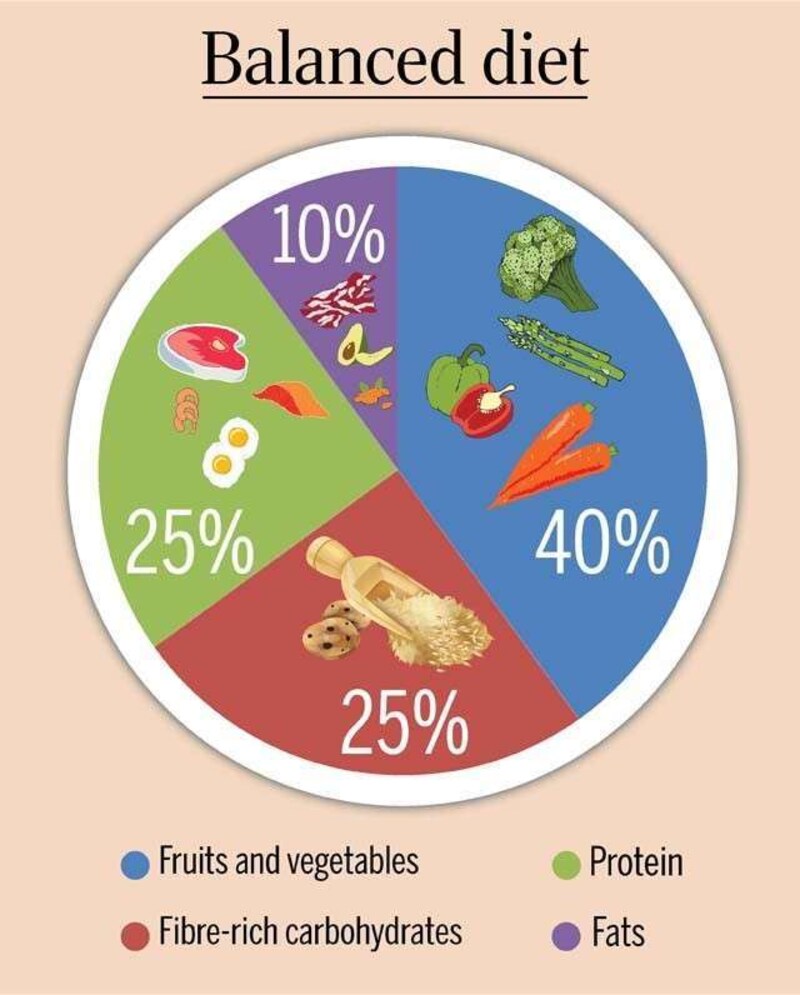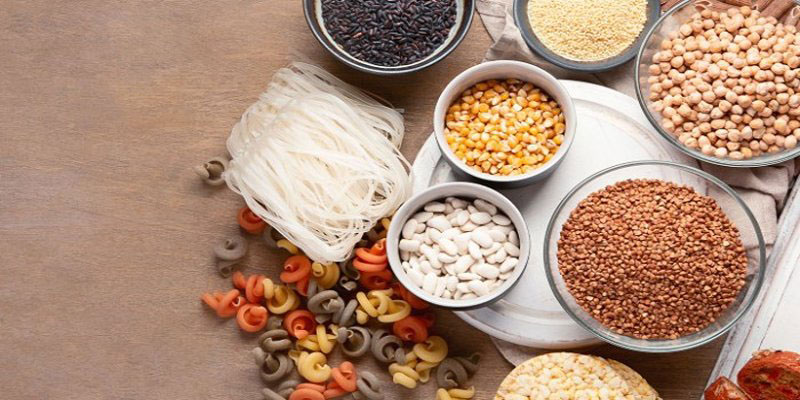For overall health, it is crucial to maintain stable blood sugar levels, recognizing the warning signs of low blood sugar, also referred to as hypoglycemia, is essential. When the normal range surpasses a drop in the blood sugar levels, various bodily functions become affected due to hypo-glycemic occurrences. Understanding these symptoms can truly be a lifesaver, enabling prompt intervention and management. The article delves deep into the symptoms of hypoglycemia, offering a comprehensive guide on their identification.
Identifying Hypoglycemia Symptoms
The body responds to low blood sugar levels by manifesting hypoglycemia symptoms, which may vary in intensity and duration. Individuals who are aware of these warning signs can then take timely action: they can elevate their blood sugar levels, thus preventing complications.
- Sweating and Shivering
Sweating, often accompanied by shivering, signifies one of the earliest signs of low blood sugar. These physical reactions can indicate hypoglycemia as a strategy employed by the body to regulate glucose levels.
- Paleness and Cold Skin
Low blood sugar is commonly associated with symptoms such as paleness and cold, clammy skin. Plunging glucose levels may cause blood vessels to constrict, thereby reducing blood flow and inducing a noticeable change in the color and temperature of your skin.
- Dizziness and Lightheadedness
A frequent warning sign of hypoglycemia is experiencing dizziness or lightheadedness. Suddenly and potentially accompanied by a sense of instability, these sensations can occur. Therefore, it is vital to recognize these symptoms for the prevention of falls or accidents.
- Confusion and Irritability
Cognitive function can suffer from the impact of low blood sugar, manifesting as confusion and irritability. Individuals with hypoglycemia may struggle to concentrate or reach decisions. Furthermore, heightened irritability could detrimentally influence their personal and professional relationships.
- Difficulty Speaking or Slurred Speech
Hypoglycemia, in severe instances, may induce difficulty speaking or slurred speech. These symptoms imitate intoxication. Therefore, differentiating between low blood sugar and other medical emergencies becomes crucial.
- Hunger and Nausea
When the body needs fuel, intense hunger, and nausea commonly signal this requirement. The brain utilizes a survival mechanism. It prompts individuals to consume food and elevate their glucose levels when blood sugar drops. Hence, we experience feelings of hunger, an essential indicator that our body requires sustenance.
- Trembling and Weakness
Low blood sugar provokes the body to physically manifest muscle weakness and trembling. These symptoms potentially disrupt daily activities, amplifying their effect during periods of physical exertion.
- Visual Disturbances
During episodes of hypoglycemia, the eyes relying on a stable glucose supply, may experience blurred vision or visual disturbances. Disruptions to this balance can temporally impact your sight.
- Seizures and Unconsciousness
If an individual experiences such extreme symptoms, untreated hypoglycemia in severe cases may precipitate seizures or unconsciousness. Thus, seeking immediate medical attention becomes crucial.
Preventing Low Blood Sugar - Proactive Strategies for Optimal Health
Not merely recognizing the warning signs, but also taking proactive steps to prevent hypoglycemia is crucial for maintaining stable blood sugar levels. A combination of lifestyle changes and mindful practices can substantially diminish the risk of low blood sugar episodes. Effective strategies for preventing hypoglycemia and promoting overall health warrant a closer examination; here's an in-depth exploration of them.
- Balanced Diet

Maintaining a balanced and nutritious diet stands as a key pillar in the prevention of low blood sugar. Consuming an array of foods, complex carbohydrates, lean proteins, and healthy fats particularly, facilitates the regulation of glucose levels. Thus it is crucial to distribute meals evenly throughout the day: this strategy circumvents sudden drops in blood sugar by avoiding extended gaps between eating periods.
- Regular Monitoring
Individuals at risk of hypoglycemia, particularly those with conditions such as diabetes, critically require frequent monitoring of their blood sugar levels. Regular checks yield invaluable insights into the body's response to diverse foods, activities, and medications.
This knowledge empowers individuals to discerningly decide in favor of sustaining optimal blood sugar levels.
- Timely Medication Management
Individuals prescribed medications to manage blood sugar must strictly adhere to their prescribed dosages. Skipping or adjusting these doses without professional guidance can result in erratic blood sugar levels, a factor that escalates the risk of hypoglycemia.
Regular consultations with healthcare providers not only mitigate this risk but also facilitate tailoring medication plans according to individual needs.
- Snacking Smart
To prevent sudden drops in blood sugar, opt for snacks that combine carbohydrates with proteins or fats; these choices provide sustained energy. Examples are a small handful of nuts; yogurt paired with berries (an antioxidant-rich fruit), and whole-grain crackers complemented by cheese. Not only do these snacks curb hunger, but they also provide a gradual release of glucose.
- Hydration Matters
Often overlooked, staying adequately hydrated significantly regulates blood sugar. Concentrated blood sugar levels can result from dehydration and potentially produce higher glucose concentrations.
Set a regular water intake throughout the day as your aim; restrict consumption of sugary beverages to minimize contributions towards fluctuating blood sugar levels.
- Exercise Routine
Engaging in moderate exercise, such as brisk walking or cycling, benefits overall health. However, individuals prone to hypoglycemia must carefully consider this.

This type of activity enhances insulin sensitivity, a key factor in promoting stable blood sugar levels. Nonetheless, monitoring and adjusting blood sugar before, during, and after exercise remains crucial.
- Emergency Preparedness
Individuals prone to severe hypoglycemia should prepare for emergencies. They must carry glucose tablets or gels and possess medical identification. This proactive approach facilitates prompt treatment during episodes, an essential measure in managing this condition.
- Individualized Care Plans
Collaborating with healthcare professionals to develop personalized care plans is a proactive approach to preventing hypoglycemia. These plans consider individual factors such as age, medical history, and lifestyle, creating a roadmap for maintaining stable blood sugar levels.
Conclusion
To maintain overall health and prevent complications, one must recognize the warning signs of low blood sugar. Understanding the diverse manifestations of hypoglycemia, from subtle symptoms such as sweating and shivering to more severe indicators like seizures, empowers individuals to seize control over their well-being.
When individuals adopt proactive measures such as maintaining a balanced diet, regular monitoring of their condition, and preparing for emergencies. They can successfully navigate through challenges associated with managing blood sugar levels, leading healthier lives filled with greater information about self-care strategies for optimal wellness.




